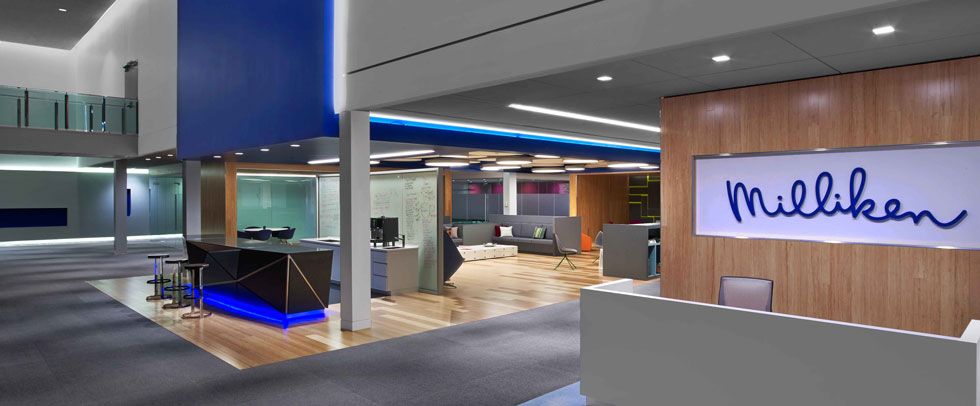Three Takeaways from the NFPA 70E Twitter Chat
GeneralArc Flash Videos 29 Nov 2017
Today’s #70EChat, hosted by NECA and Westex by Milliken, brought the electrical industry together to discuss the ever-evolving world of electrical safety. Exploring the 2018 edition of NFPA 70E – and more importantly, what that means for electrical contractors – the #70EChat raised important questions, offered new perspectives, and opened the doors to further conversations in pursuit of safer practices and work environments.
With all the valuable information shared, we wanted to provide a quick summary of important chat takeaways, so that you are able to apply what you learned easily and effectively. Here are three things to note as you consider how NFPA 70E will impact you in 2018:
- There is greater clarity on roles and responsibilities on a job site. In the electrical industry, there are numerous hazards found on a jobsite, and NFPA 70E helps to frame safer work practices and procedures for all involved. The 2018 edition provides new and expanded definitions to explain how each person on a jobsite contributes to achieving the safest possible environment.
What this means for you: NFPA 70E clearly states that host employers – not just employers – are required to communicate site hazards to you, as a contractor. Host employers can include the owner or their designee, construction manager, general contractor, or even the employer. It is also important to note that you, as a contractor, have an obligation to share any hazards you come across during your work onsite with the owner or owner representative.
- De-energized work continues to be first priority. In the hierarchy of risk assessment, strong emphasis is placed on hazard elimination. All parties – from safety engineers to site managers to contractors – are encouraged to work together to holistically review a safety program to take steps towards hazard elimination. One of the primary means of hazard elimination is working on de-energized systems.
What this means for you: As a contractor, you have a clearly defined role under NFPA 70E, and that definition clearly states that you are to adhere to any and all employer-mandated practices and procedures for any given site. Many times, de-energized work will be a part of the procedure, but know that, until a system is inspected and deemed de-energized, working to de-energize a system is still considered energized work.
- PPE use can help with compliance. With the updates, employees are now responsible for complying with all employer safety procedures, including PPE use when working energized. Remembering that all work is energized until absence of voltage is confirmed, PPE must be worn when working energized. PPE programs could be task-based, meaning the PPE is worn for specific tasks, or could be daily wear, meaning the PPE is worn at all times.
What this means for you: In deciding what type of PPE is best for your needs, keep in mind that daily wear provides consistent and constant protection without the risk of flawed human hazard assessment. Task-based is only as useful as it is worn, and in many instances, task-based PPE increases a contractor’s risk of an incident due to complacency, not understanding the hazards, or making bad judgment calls. Daily wear PPE can help mitigate safety hazards and can be a smart long-term investment, as daily wear alleviates the ‘in and out’ of task-based PPE for service personnel. With the advances in AR/FR fabrics, daily wear PPE is a comfortable, stylish, and most importantly, protective choice for those facing electrical hazards.
Thank you for participating in the #70EChat. We welcome the opportunity to discuss this topic with you more and help you determine how a daily wear PPE program makes sense for you. Contact us today for more information.


